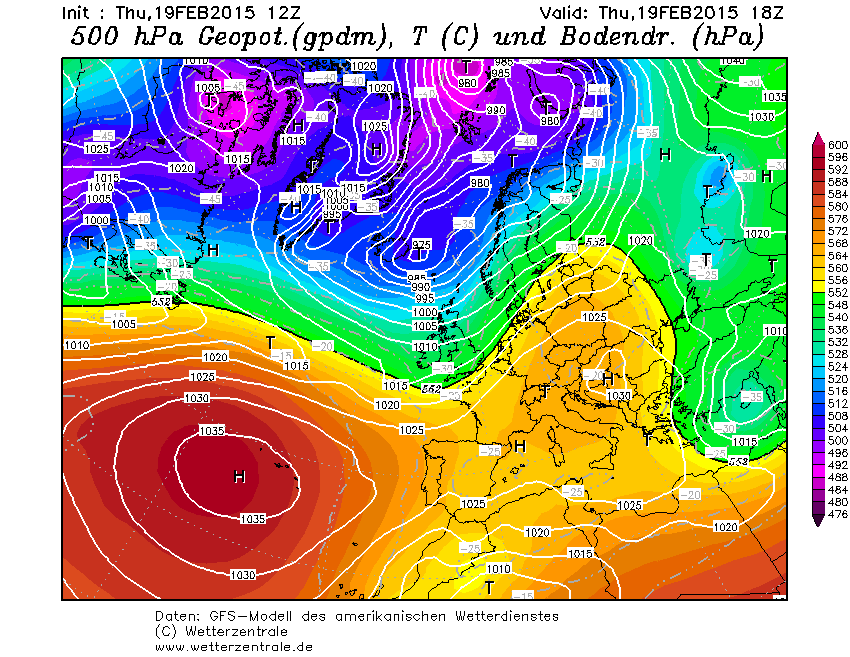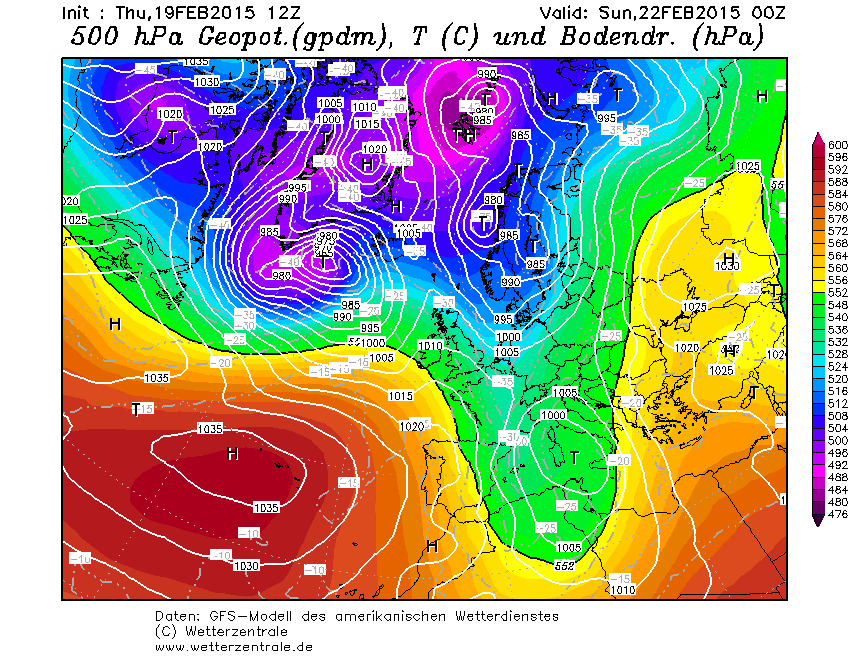Things radiate in a certain wavelength range depending on their temperature. Over 90% of solar radiation has wavelengths between 0.2 and 4 micrometres, also known as short-wave radiation. The greatest intensities are achieved in the visible range (~0.38 - 0.78 micrometers). The earth, clouds and other components of the atmosphere, on the other hand, emit long-wave radiation due to their lower temperature, i.e. with wavelengths of around 4 to 100 micrometres.
The radiation balance of the earth's surface is made up of incoming and outgoing short-wave and long-wave radiation. Solar radiation is further divided into diffuse and direct radiation, with diffuse radiation only reaching the Earth's surface after reflection or scattering (e.g. from clouds). The albedo indicates what proportion of the incoming radiation is reflected by the surface. It is primarily dependent on the type of surface and the wavelength. Fresh snow reflects short-wave radiation almost completely, while long-wave radiation is largely absorbed.
Over the course of the year, the amount of incoming radiation changes with the position of the sun: if the sun is low, the radiation hits at a very oblique angle and is distributed over a larger area, so that smaller amounts arrive per unit area. In the Tyrolean avalanche situation report this winter, it was pointed out for a while that flat south-facing slopes are sometimes easier to trigger than steep ones, as the latter receive more sunlight in high winter due to the more direct angle of incidence when the sun is low and the slope is steep.












